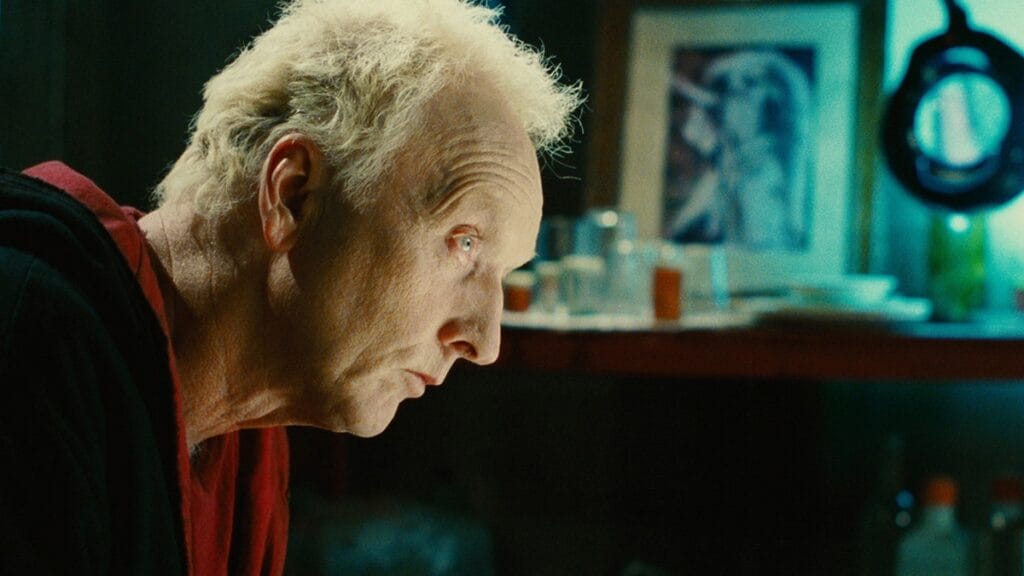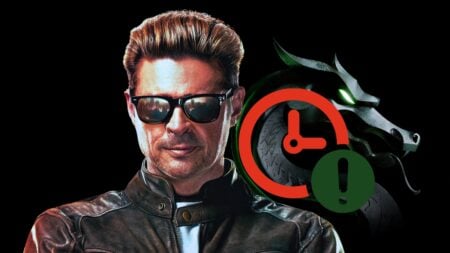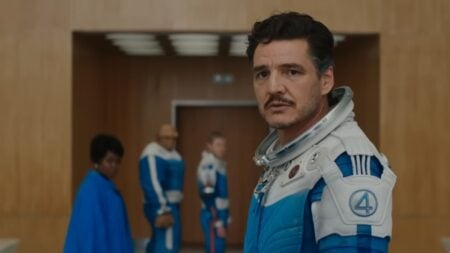Skip To...
Where there are horror villains, there are sure to be a handful of sanctimonious critics who question their morality. By definition, villain equals bad. But when we take their motives into consideration, are their actions justified? One such antagonist often under the microscope is Saw‘s John Kramer, a cancer patient who devotes his life to rehabilitating others — though not in the conventional way.
John Kramer is first and foremost a hypocrite who sugarcoats the unlawful act of first-degree murder by disguising his intentions as the teachings of a mentor and a survivor. Throughout the Saw franchise, which spans 10 movies and counting, John has made controversial decisions. But out of all his life-altering decisions, which were necessary and well-founded and which were entirely unethical?
Was Justified: Torturing Cecil Adams
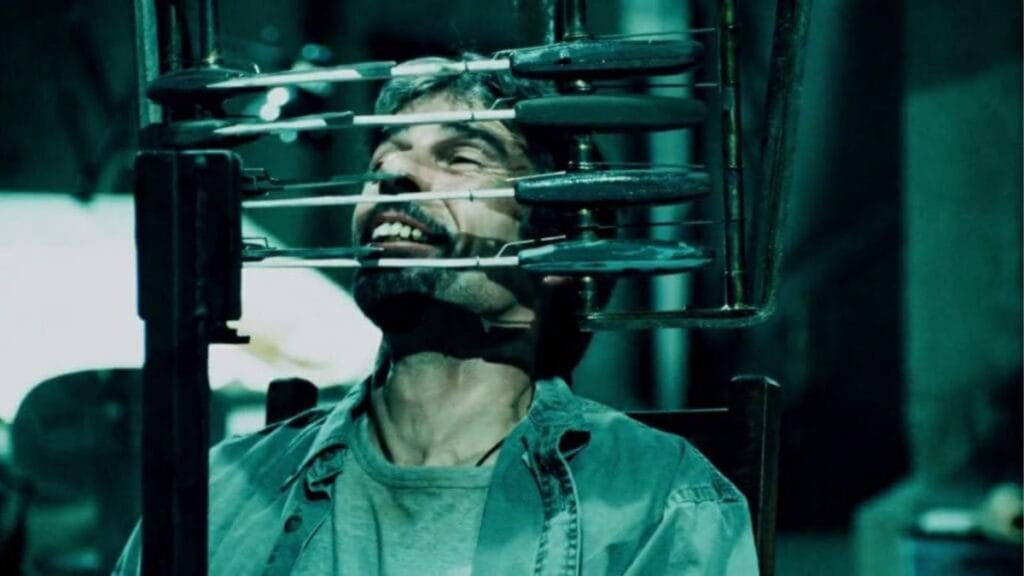
Once John dies in Saw III and his identity as the Jigsaw Killer becomes public knowledge, we learn more about his backstory. Once a civil engineer, John fell in love with a woman called Jill Tuck. John and Jill were expecting their first child, Gideon, but tragedy struck and Jill miscarried. The culprit was Cecil Adams, a lowly drug addict who broke into Jill’s recovery clinic to steal medication. Upon making his escape, Cecil forcibly slammed a door into Jill’s stomach and triggered a miscarriage.
One day, Cecil is abducted by John and placed in a contraption later known as the Knife Chair. Cecil is told that in order to free himself, he must push his face through several rows of blades. If he didn’t, he would bleed to death. Although Cecil manages to beat the trap, he lunges for John immediately and tumbles into a cage filled with razor wire. After the incident that terminated his young child, John’s blind rage is somewhat understandable.
Wasn’t Justified: Punishing Amanda Young
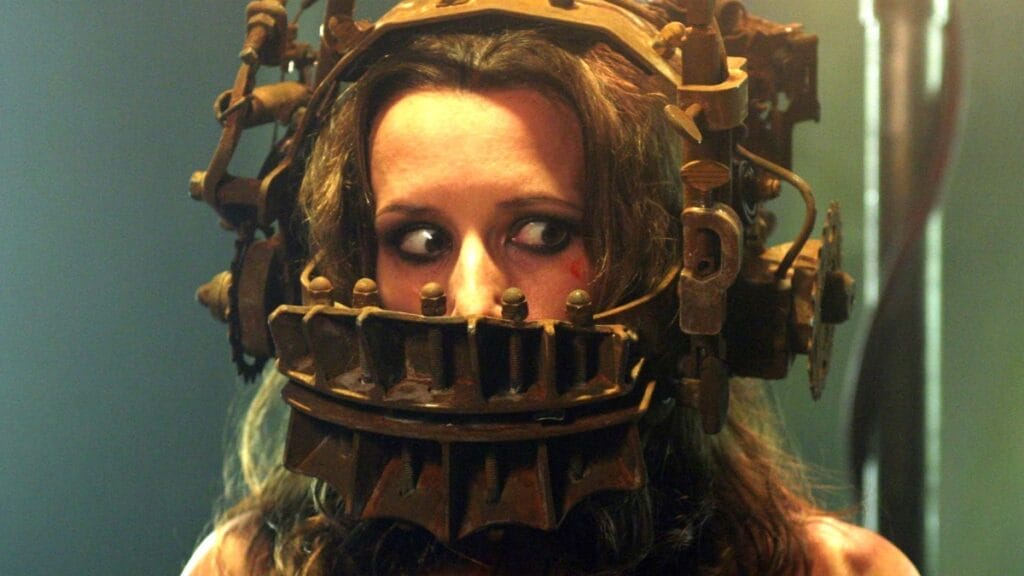
It isn’t until the later Saw movies that we learn how Amanda Young is implicated. At first, John targets Amanda because she exhibits self-destructive tendencies and relies heavily on a drug fix. John believes that this is a reckless waste of life and subjects her to the Reverse Bear Trap. At the time, he doesn’t know that Amanda was involved with Gideon’s death, so the kidnapping is unwarranted.
John never does find out that Amanda was dating Cecil and aided him in his caper. Instead, based purely on what he knows about Amanda, he truly feels that torturing her because of her unhealthy addiction is absolutely the right thing to do. This is the earliest example of how John begins the blur the line between rehabilitation and murder.
Was Justified: Psychologically Tormenting David Matthews
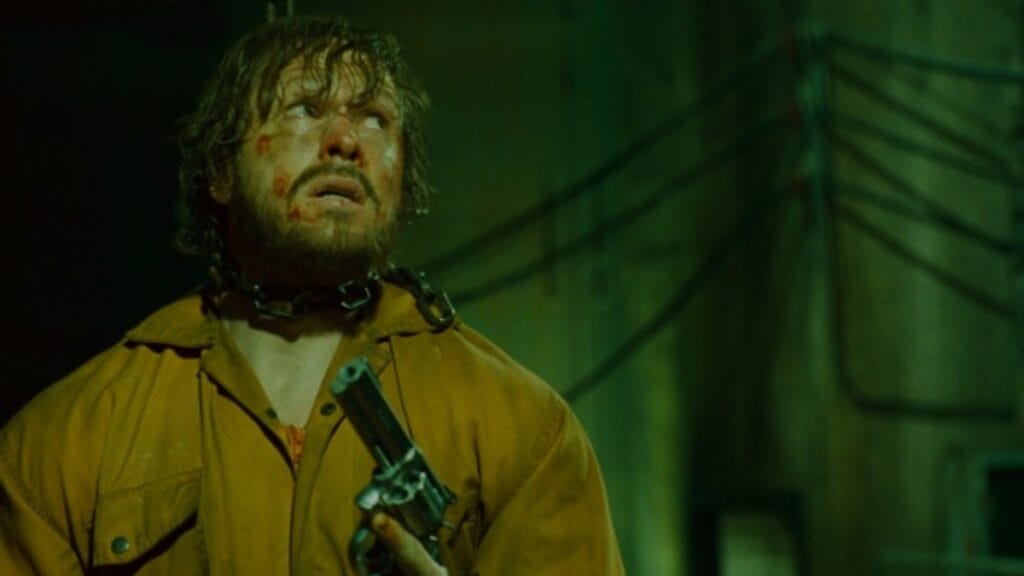
In Saw II, Detective Eric Matthews is called to the lair of the infamous Jigsaw Killer. Upon meeting John, he learns that his rebellious son, Daniel Matthews, has been abducted. He watches from several monitors as Daniel befriends his fellow captives. Little do they know, they all did hard time for a crime they didn’t commit and Daniel’s father is the dirty cop who framed them all. Understandably, all the wrongfully convicted felons are furious. John relishes in the torment that Eric endures as he believes Daniel is in grave danger.
In the end, just as John had promised, Eric was able to find Daniel in a “safe and secure state.” But that doesn’t discount all the psychological torment he suffers through. Needless to say, Eric Matthews does deserve a little tough love after what he did to Amanda, Addison, Xavier, and the others.
Wasn’t Justified: Kidnapping Daniel Matthews
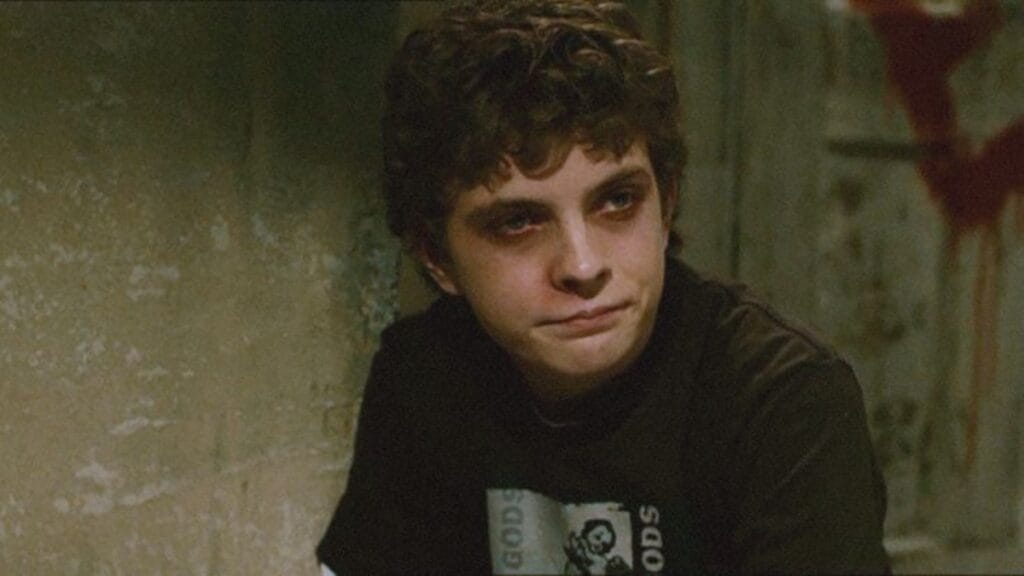
Although Eric Matthews is a no-good corrupted cop who placed innocent (for the most part) people behind bars, that doesn’t reflect badly on his son. Daniel had no prior knowledge of his father’s actions and instead suffered unnecessarily. Daniel risks dying from the deadly nerve agent seeping into the room, but he also finds himself on the hit list of every other unwilling participant. Once the others learn of Daniel’s relation to Detective Matthews, they turn on him immediately.
This was not one of John’s smartest moves, especially with an enraged Eric beating him to near death. At the same time, John couldn’t differentiate between Eric Matthews’ part of the blame and then that which befell his son. Realistically, Eric’s corruption did not concern Daniel at all. Jigsaw just took a personal weakness of Eric’s and used it as leverage. They both played dirty.
Was Justified: Testing Amanda’s Resolve
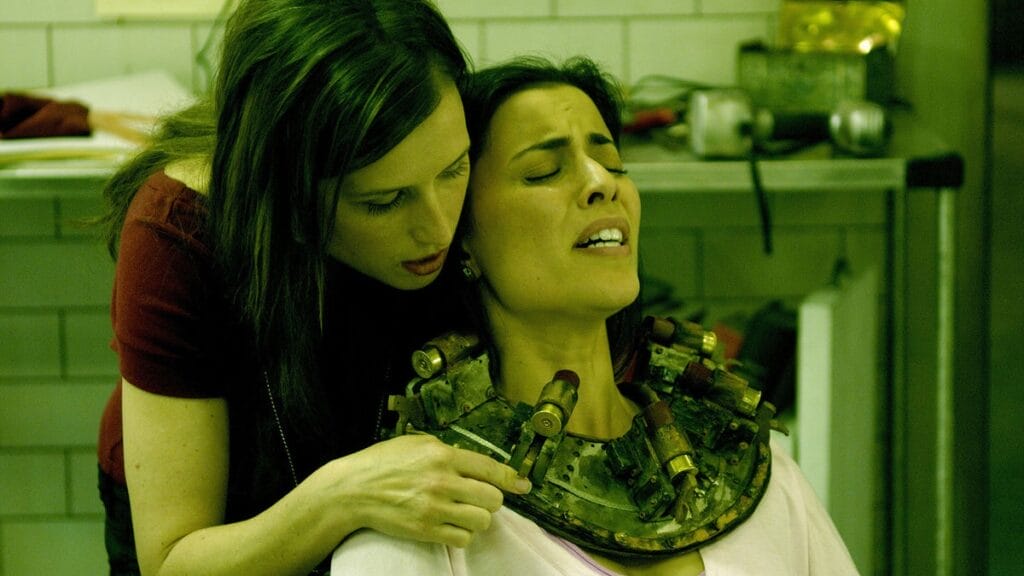
Once John’s cancer begins progressing at a rapid rate and his supposed miracle surgery in Mexico backfires, he realizes that his time is running out. In preparation for his eventual death, John mentors Amanda Young and Detective Mark Hoffman to continue his legacy as Jigsaw’s apprentices. At first, Amanda is nothing if not a model student. She takes notes on how to build machines, improves her tinkering skills, and even adopts his philosophy.
However, by Saw III, Amanda is depicted as ignoring John’s modus operandi and begins to revolt against his teachings. Amanda starts to make her traps inescapable, thereby disrespecting John’s work. As a result, John tests Amanda’s grace under pressure to see if she is worthy to continue his work. This was a surprisingly smart move by John, whose apprentice ultimately fails him.
Wasn’t Justified: Killing Timothy Young
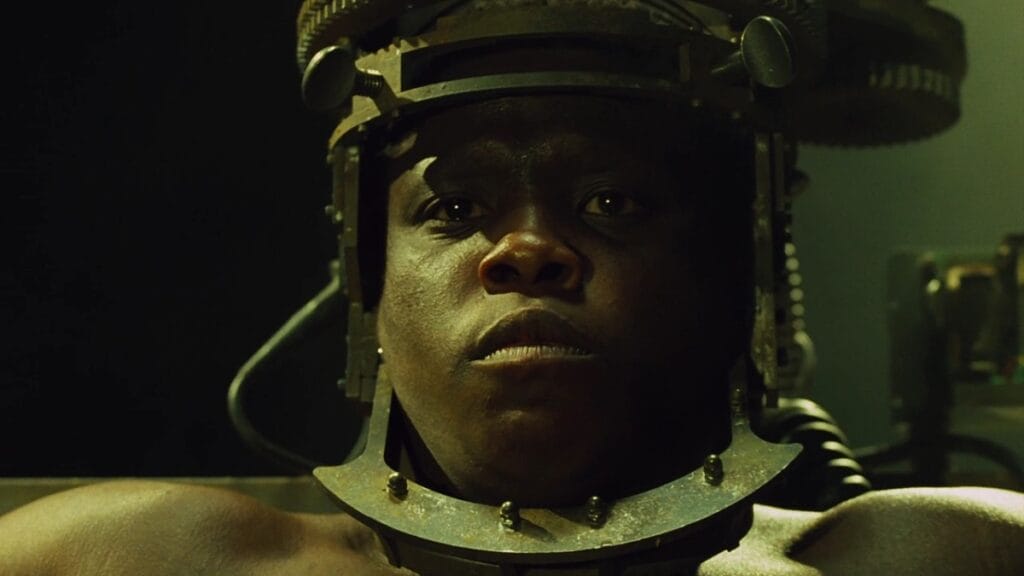
Also in Saw III, a man by the name of Jeff is forced into a series of tests against various individuals involved in his son’s death. He must become the judge, jury, and eventual executioner (if he so chooses) of an ignorant witness, a corrupt judge, and the man who inadvertently killed his son by driving under the influence. Once Jeff has progressed through the trials, he encounters Timothy Young, the drunk driver responsible.
Timothy becomes the victim of John’s personal favorite trap, The Rack, and Jeff fails to prevent his gruesome death. Despite what John may claim to the contrary, there weren’t many ways that Timothy could have survived. Therefore, he killed a remorseful man out of nothing but spite, then gaslighted Jeff into thinking he was the one that pulled the trigger on revenge.
Was Justified: Teaching Cecilia and the Others a Lesson

Saw X takes place between Saw and Saw II and sees John travel to Mexico. After John is promised the involvement in an experimental survey to cure his cancer, he soon finds himself swindled out of thousands of dollars. As it turns out, Cecilia Pederson, the brains behind the ‘revolutionary’ treatment is nothing more than a con artist — as is her entourage. John Kramer, being John Kramer, doesn’t stand for that kind of disrespect. He kidnaps everyone involved and forces them to prove their will to live.
Needless to say, first-degree murder is one thing, but conning someone with the promise of good health and prosperity is just plain evil. There has been a lot of controversy surrounding John’s decision to exact revenge on Cecilia and the others, but one can’t argue that he was well within his right to be furious. Even if his methods aren’t the kindest, he did have his reasons.
Wasn’t Justified: Leaving His Legacy To Amanda and Hoffman
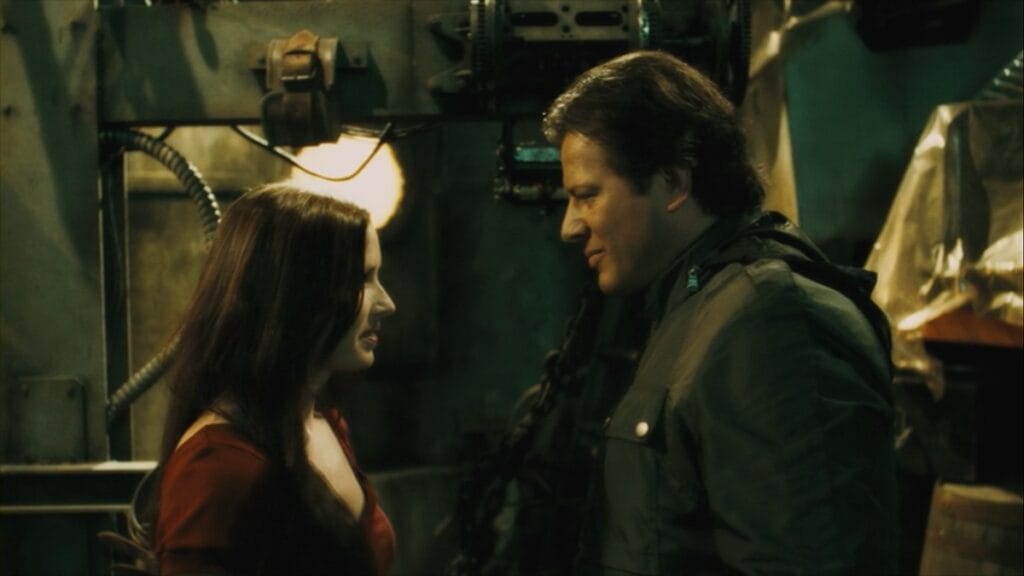
Despite both Amanda and Mark training under John, tension arises when the two of them become power-hungry and disobedient. At one point or another in the Saw series, both Young and Hoffman directly defy John and begin molding the Jigsaw image to reap their own benefits. Once John catches on (at least with Amanda) that something is afoot and the pair are acting outside of his scope of awareness, he tries to crack down on Amanda to prevent the worse outcome.
Amanda succumbs to her injuries in Saw III, but so does John. That puts an end to Amanda’s insolence, but Mark Hoffman becomes the franchise’s biggest troublemaker when he turns Jigsaw into a textbook murderer. At least with John, he could convince himself and others that the games were balanced. With Hoffman, he just killed without mercy and stained Jigsaw’s legacy.
Was Justified: Lashing Out at the Healthcare System
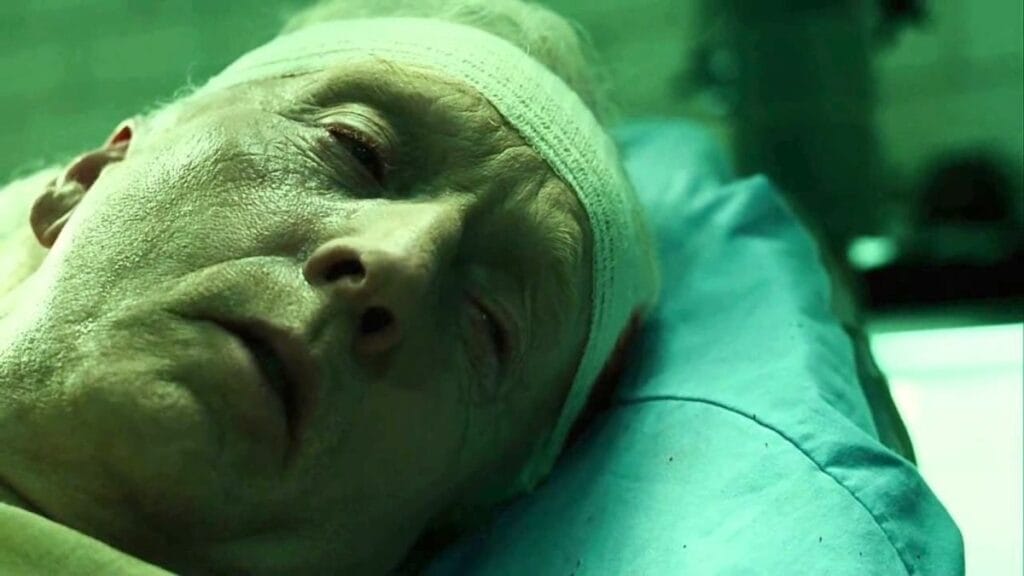
Besides the fact that John survives a suicide attempt and gains a new lease on life, he also despises the healthcare system. Although John’s brain tumor is believed to be inoperable, he later uncovers the acts of negligence that occur in the hospital. John learns that his x-rays were mixed up, so his cancer was no longer curable at the time of its diagnosis. John develops something of a hatred for healthcare professions from that moment forth. This is why he targets Dr. Lawrence Gordon to partake in the Bathroom Trap.
Likewise, when John asked his insurance company to cover the costs of Cecilia’s experimental treatment, they denied his requests. This also set in motion his hatred for William Easton, who did not change his mind despite John’s desperation. Although John’s methods are not morally sound, one can sympathize with his distress and understand — to some extent — the anger and betrayal he must have felt.
Wans’t Justified: Involving Jill Tuck
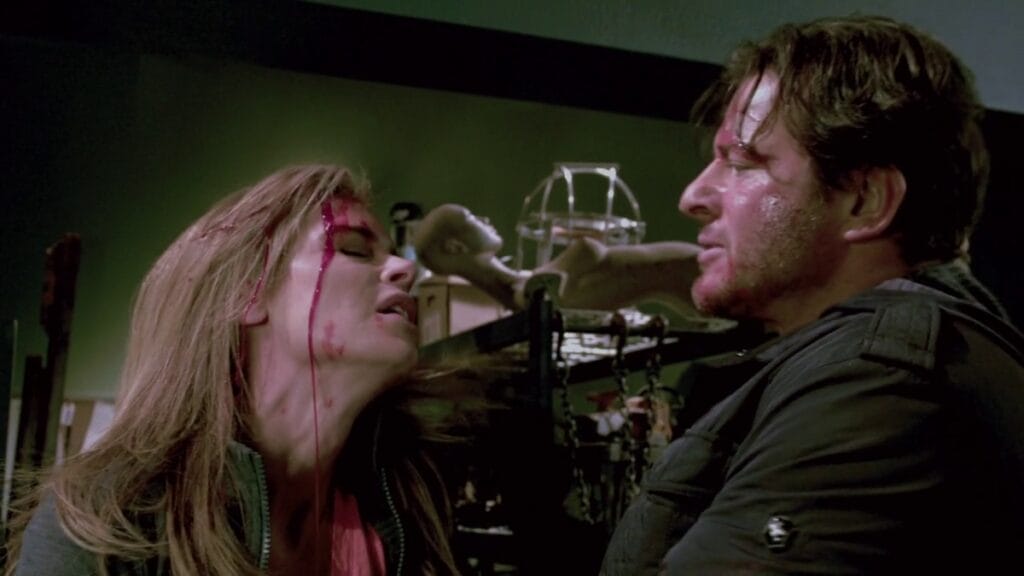
Jill Tuck was John’s ex-wife and would have been the mother of his child if not for the incident with Cecil Adams. Not long after John became Jigsaw, Jill suspected that he was up to no good. She eventually found out that he was operating as Jigsaw and witnessed the severity of his work. Despite knowing that her husband was — by definition — a cold-blooded killer. Jill Tuck never once turned John Kramer in. In fact, she kept his secrets long after his death.
It was only Mark Hoffman’s greed that forced Jill to reveal all she knew. When Mark learned of Jill’s involvement in the ongoing scandal that would eventually pin the murders on Mark, he took it upon himself to execute her. John’s involvement of Jill and lack of consideration for her safety resulted in her demise. Obviously, John didn’t care all that much about the consequences of his actions.

